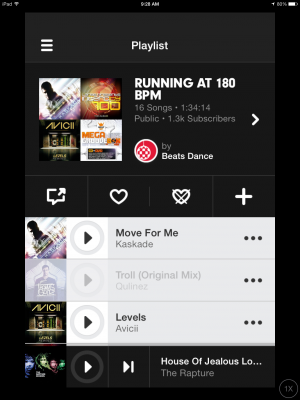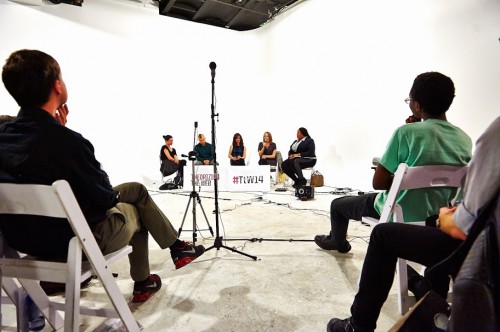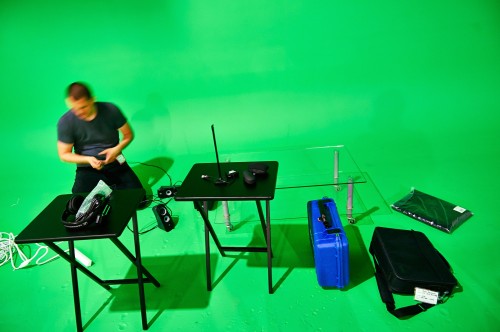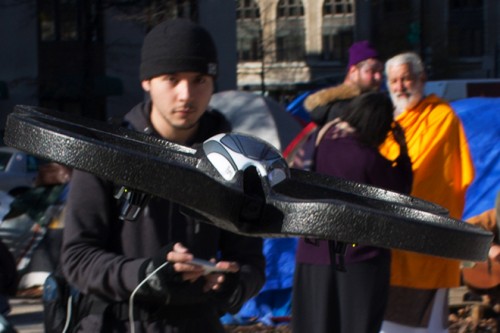
Art used with permission of Faith Holland*
Over the course of the past few weeks, two major US corporations—Chase Bank and Amazon—have each undertaken campaigns apparently aimed at expelling sex workers from the financial system, despite the fact that this work is completely legal and the compensation is above board.
Social media has be buzzing with reports from porn performers of vaguely worded letters from Chase stating “we recently reviewed your account and determined that we will be closing it.” At the Cybogology-sponsored Theorizing the Web conference, porn performer Stoya described her experience: “I’ve personally had issues with Chase, which is why I was giggling, because they shut down my business account but then didn’t understand why I wanted to close my personal account.” While Chase and other financial institutions (e.g., Paypal, Square, WePay, City National Bank, and J.P. Morgan) have long engaged in ad hoc discrimination against sex workers, Chase’s recent actions are unprecedented in that they appear to indicate a systematic effort to uncover and blacklist anyone involved in sex work. more...






